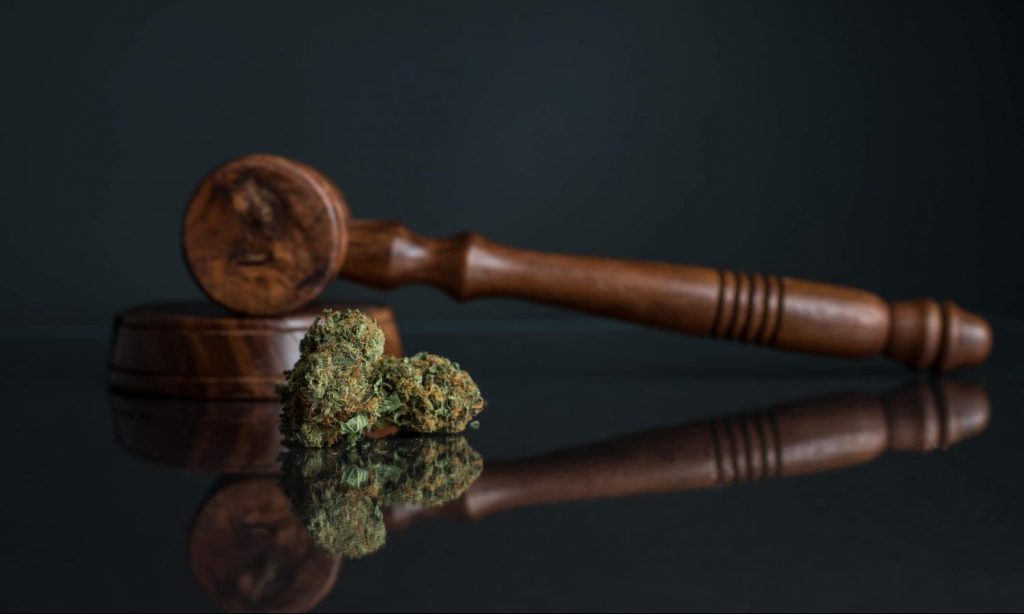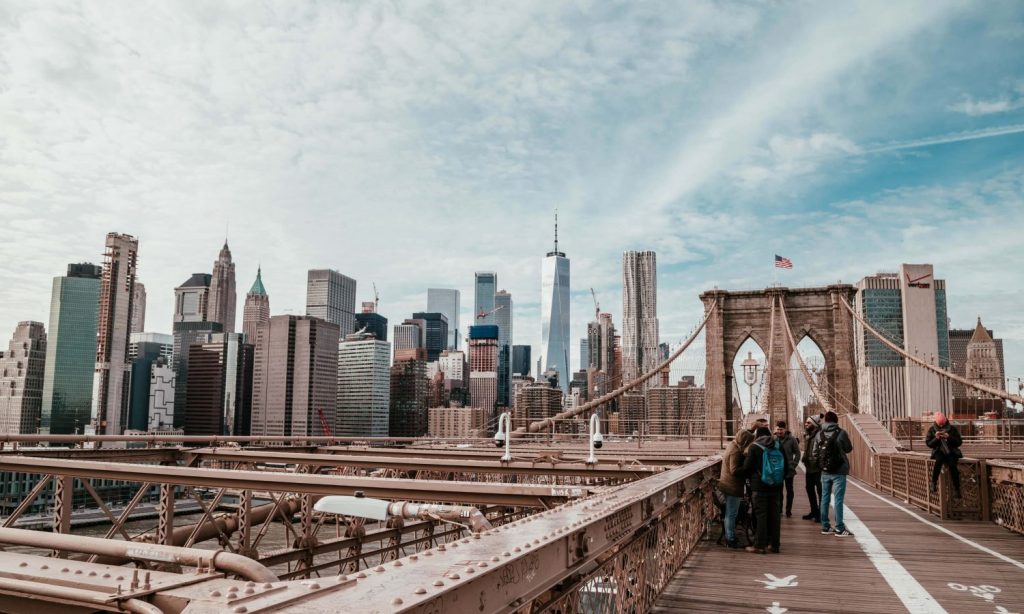The cannabis industry has seen some players make big bets on beverages, but so far it hasn’t paid off. The market is definitely growing, just not at the rate many had hoped for. Plus, the slow growth of this form factor is not an indication that it won’t continue to increase and eventually gain even more market share. Cannabis tracking firm Headset recently released a report on the cannabis beverage industry and found that in the US, “The beverage category’s market share has held fairly steady between 0.85 percent and 1.1 percent over the last several years. In fact, market share to the category was slowly decreasing through late 2019 and early 2020 before maintaining just below 0.9% during the beginning of the COVID-19 pandemic.”
Despite the consumers tapping the brakes on beverages, the category has begun a turnaround and Headset believes the products are poised to reach an all-time high as pandemic restrictions ease. The report also noticed that consumers are at least giving the products a try as basket data is showing more people are tossing some beverages in the bag. The report said, “We can see a relatively steady march upwards over time rising from 1.6 percent in January 2018 to 2.8 percent in February 2021. Even though market share hasn’t drastically increased, Beverages are making their way into more and more baskets each month, indicating that more customers than ever are trying THC-infused Beverages.” Only a little over 20 percent of the shopping carts are filled with only cannabis beverages, meaning the other almost 80 percent are adding beverages to a larger order. By contrast, a third of edible consumers are buying just edibles when they go to the dispensaries.
It’s A Girl Thing
What has been learned is that women are the big buyers of cannabis beverages. In every single age category, women outspent men when buying cannabis-infused beverages. So, hands down, the main consumer for cannabis-infused beverages are women.
Where things get even more interesting in the report is when Headset dives into dosage. The two main categories for purchases are on either side of the spectrum – either low like a microdose or very high for maximum effect. The report stated, “In fact, most of the growth in the 10mg or lighter section over the last few years has come from the 0-5mg ‘microdosed’ cohort of Beverages, which has risen from 14.4 percent category share to more than 18 percent of sales this year to date.” For example, so far in 2021 beverages with over 100mg accounted for 59.8 percent of the market share, while products with less than 5mg were the second-largest category with a 19.5 percent market share.
California Drinking
The report stated that “California Beverage sales in January 2021 clocked in at $15.5M, nearly six times greater than the $2.7M recorded during January 2018, the first month of recreational sales.” Also, since the competition is heating up and there are more beverages to choose from, the top three selling in 2018 brands have seen their market share decline. The data showed that some brands, like Kikoko and Cannabis Quencher have held firm in the market even though new brands have entered the space. “Legal Beverages, on the other hand, was unable to keep up, falling from the third top selling Beverage brand in 2018 to a market exit in 2020.”





